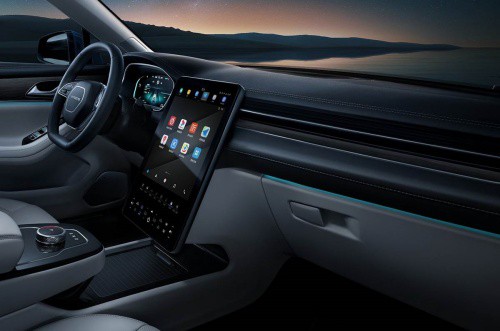Huawei is working on autonomous driving solutions, targeting to make passenger cars that are truly driverless by 2025.
“Before 2025, the intent of the car as an entity is still a transportation tool, but its main expansion is whether it can be a mobile smart space,” said Wang Jun, president of Huawei Smart Car Solutions business unit, at the recently-concluded 13th China Automotive Blue Book Forum held in Hefei.
Wang pointed out that autonomous driving is disrupted, particularly in the evolution of the new cockpit system.
“Our goal is to make a smart space inside the car that’s efficient for various kinds of applications to help in the making of a real smart car and autonomous driving experience,” said Wang.
Huawei’s smart car solution and cockpit are powered by its HarmonyOS, which took 10,000 engineers and two years to developed. It will be used in all of the future smart car solutions.
With its HarmonyOS in place, Huawei has joined many tech giants such as Apple, Amazon and Google – as well as Chinese tech rivals Alibaba and Baidu – in race to launch self-driving cars.
To strengthen its industry position, Huawei over the past year partnered with several car manufacturers including Guangzhou Automobile Group, Chongqing Changan Automobile Co., and the BAIC Group.
Furthermore, it has teamed up with SERES to co-develop a smart car aptly named the Huawei SERES SF5, which received more than 10,000 orders to date, of which 6,500 units are soon set for delivery.
Meanwhile, Huawei plans to open 200 experience stores around China by the end of July to boast the sale of cars made with Huawei Smart Car technologies and bring more profit for the company.



